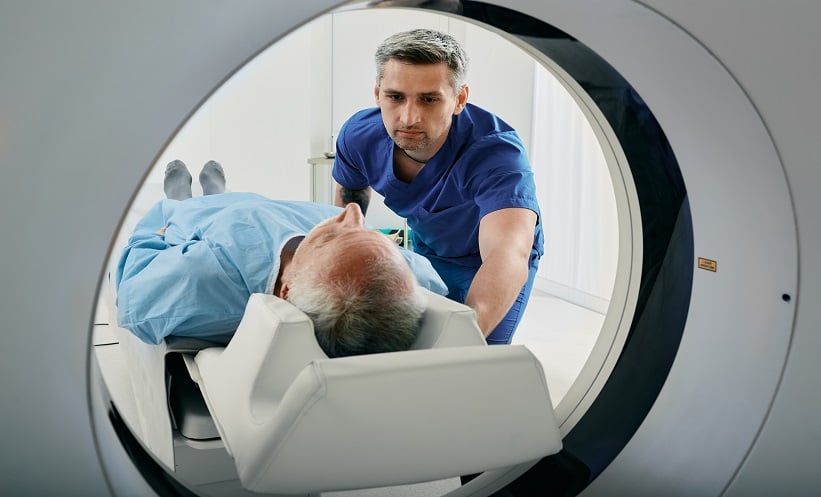A PREDICTIVE model, integrating CT and MRI images, as well as deep-learning techniques, has demonstrated success in diagnosing lymph node metastasis. Surgery is the primary treatment option for non-functional pancreatic neuroendocrine tumours, but existing methods of preoperative diagnosis are inadequate.
Clinical guidelines currently provide no clear consensus on the necessity of surgery for tumours smaller than 2 cm, and the presence or absence of lymph node metastasis considerably influences the selection of treatment. A radiomics deep-learning signature was developed based on 10 machine-learning techniques in this investigation. These signatures were integrated with clinicopathological factors into a nomogram for clinical applications.
Research conducted at the University of Tsukuba, Japan, has brought this model to attention, demonstrating an 89% success rate in predicting lymph node metastasis, rising to 91% when the model is validated with data from an external hospital. The model was also found to be consistent irrespective of the tumour size being larger or smaller than 2 cm. Retrospective data were gathered for 320 patients undergoing pancreatic resection and CT imaging, between January 2010–March 2022. Clinical factors of vascular invasion, perineural invasion, and tumour grade were associated with lymph node metastasis (p<0.05), and the combination nomogram showed better prediction capabilities.
This emerging model is expected to prove useful in predicting lymph node metastasis, equipping surgeons with a useful tool for selecting the most appropriate surgical procedures and treatment strategies. As a consequence, this method can offer improved patient outcomes in a challenging medical field, provided the model continues to impress and is translated effectively into practice.








